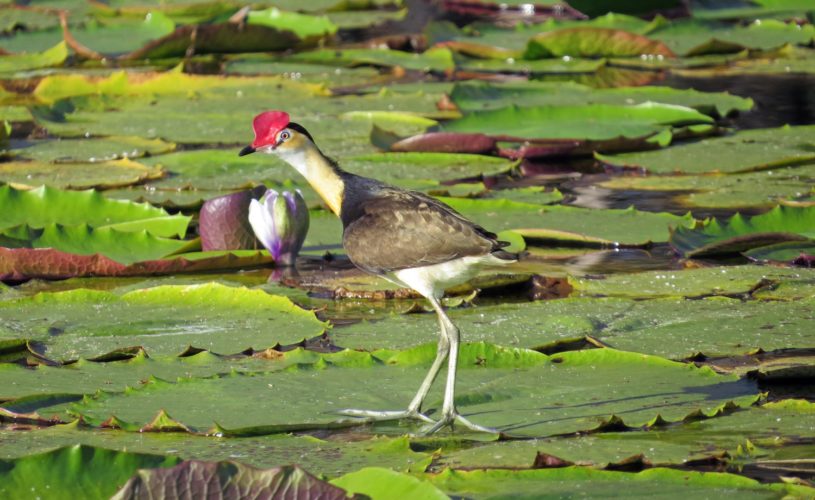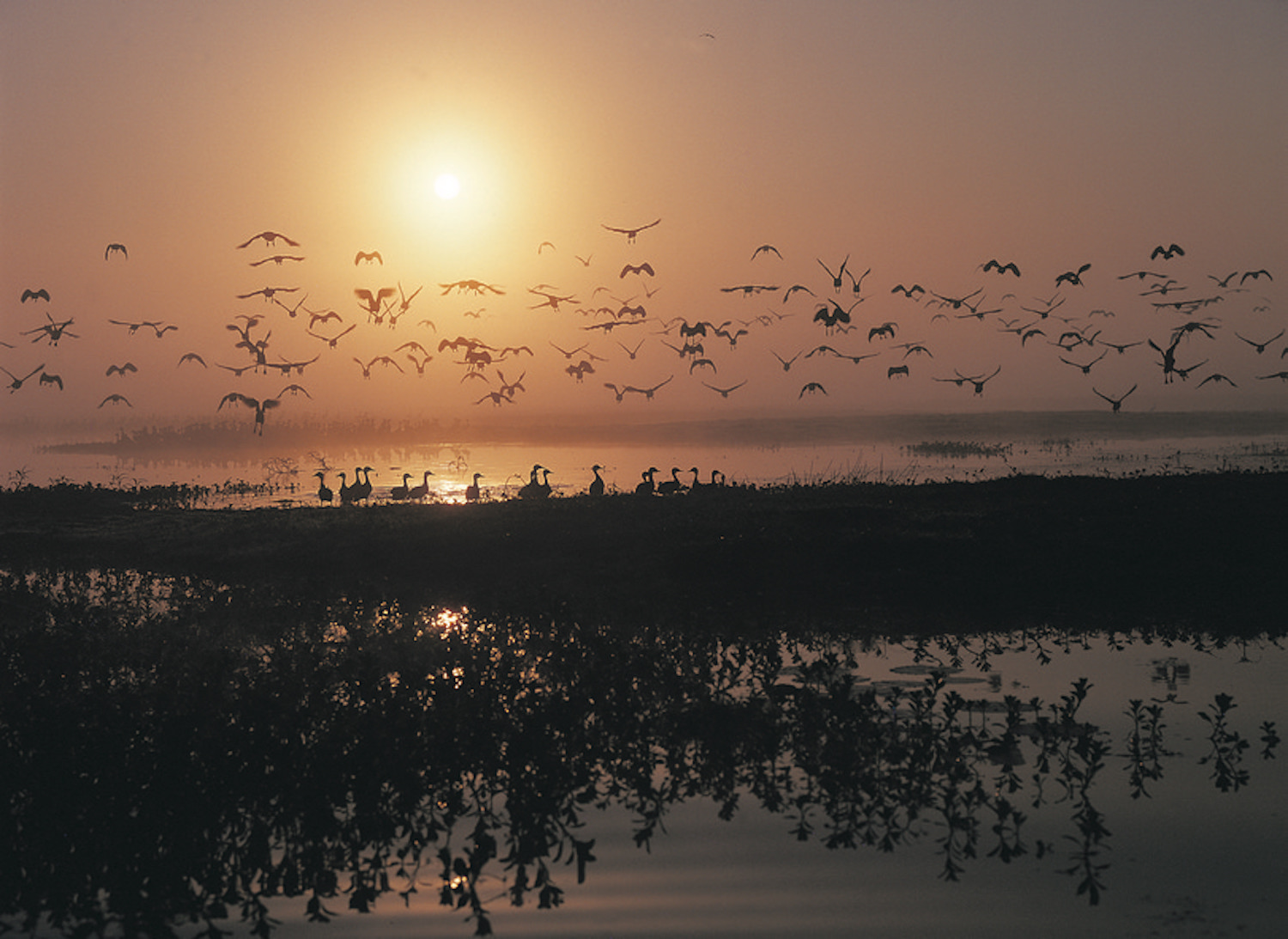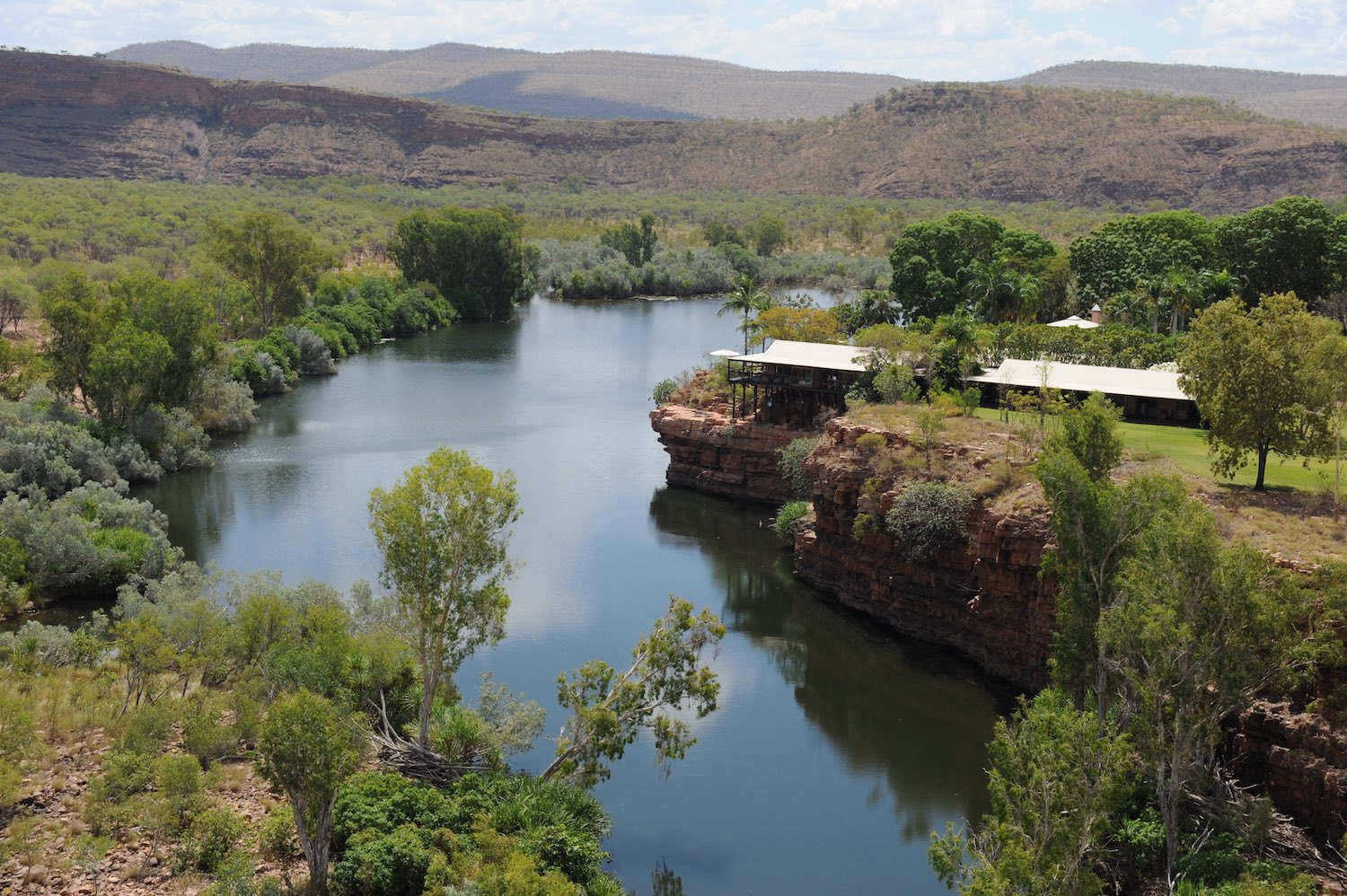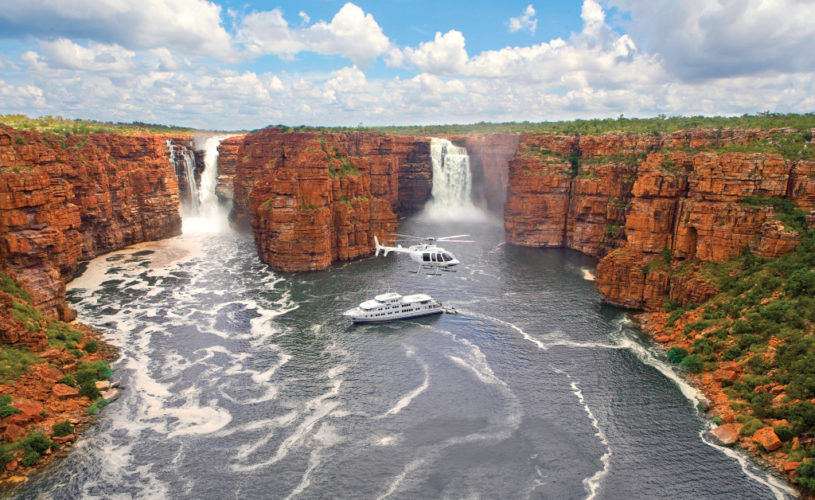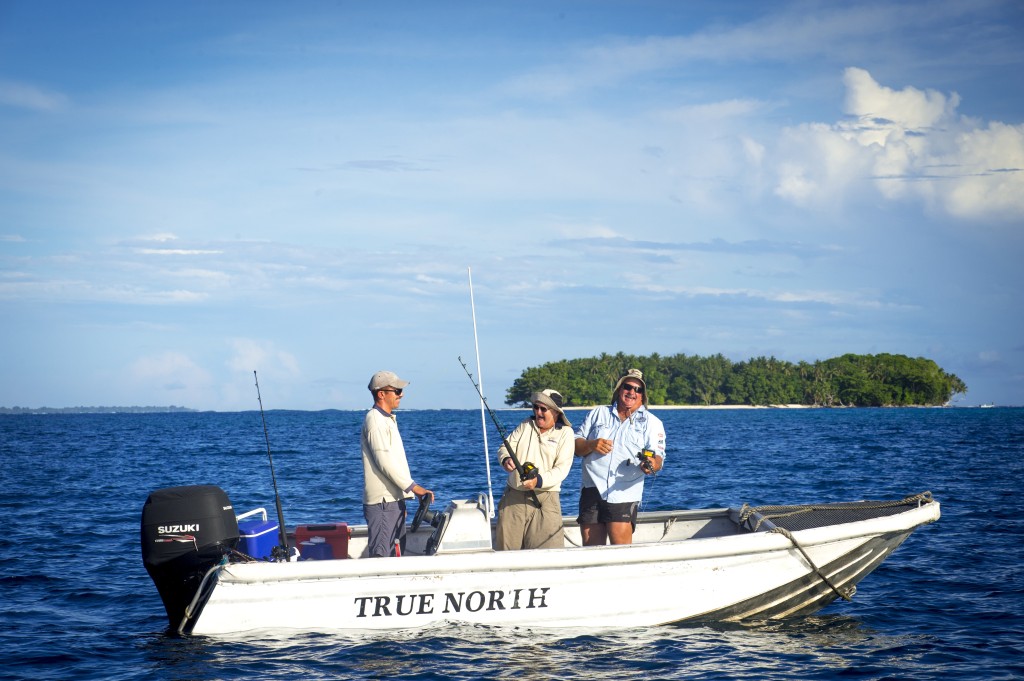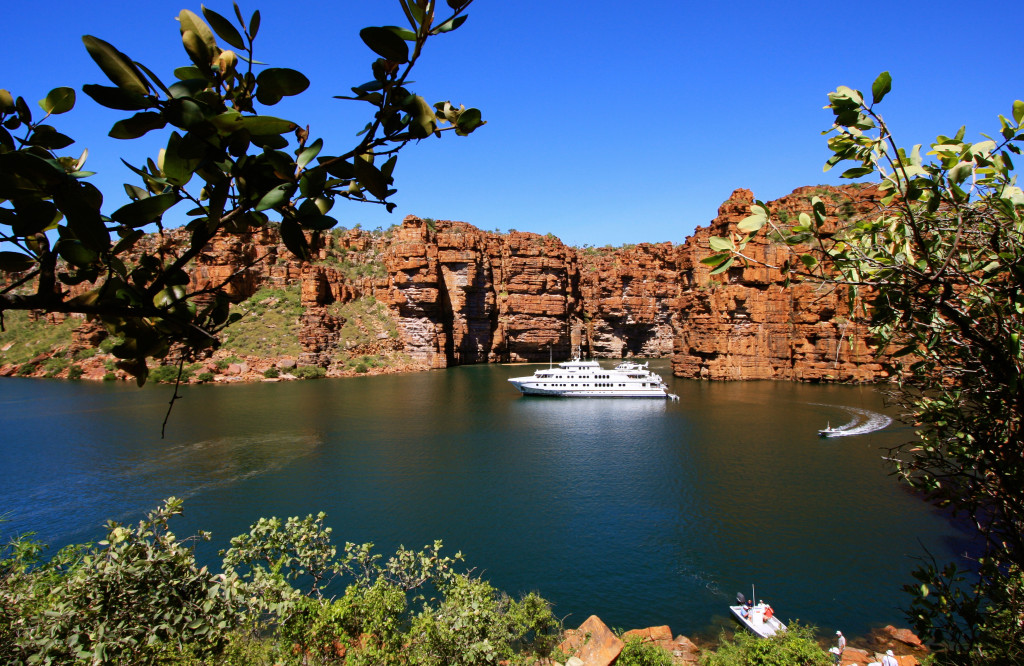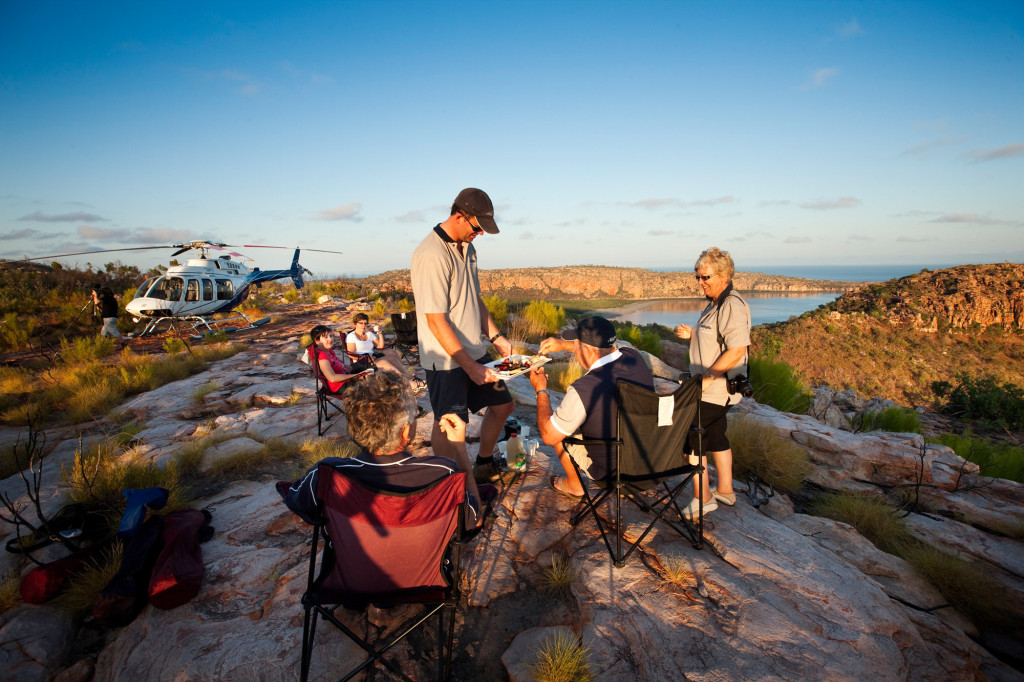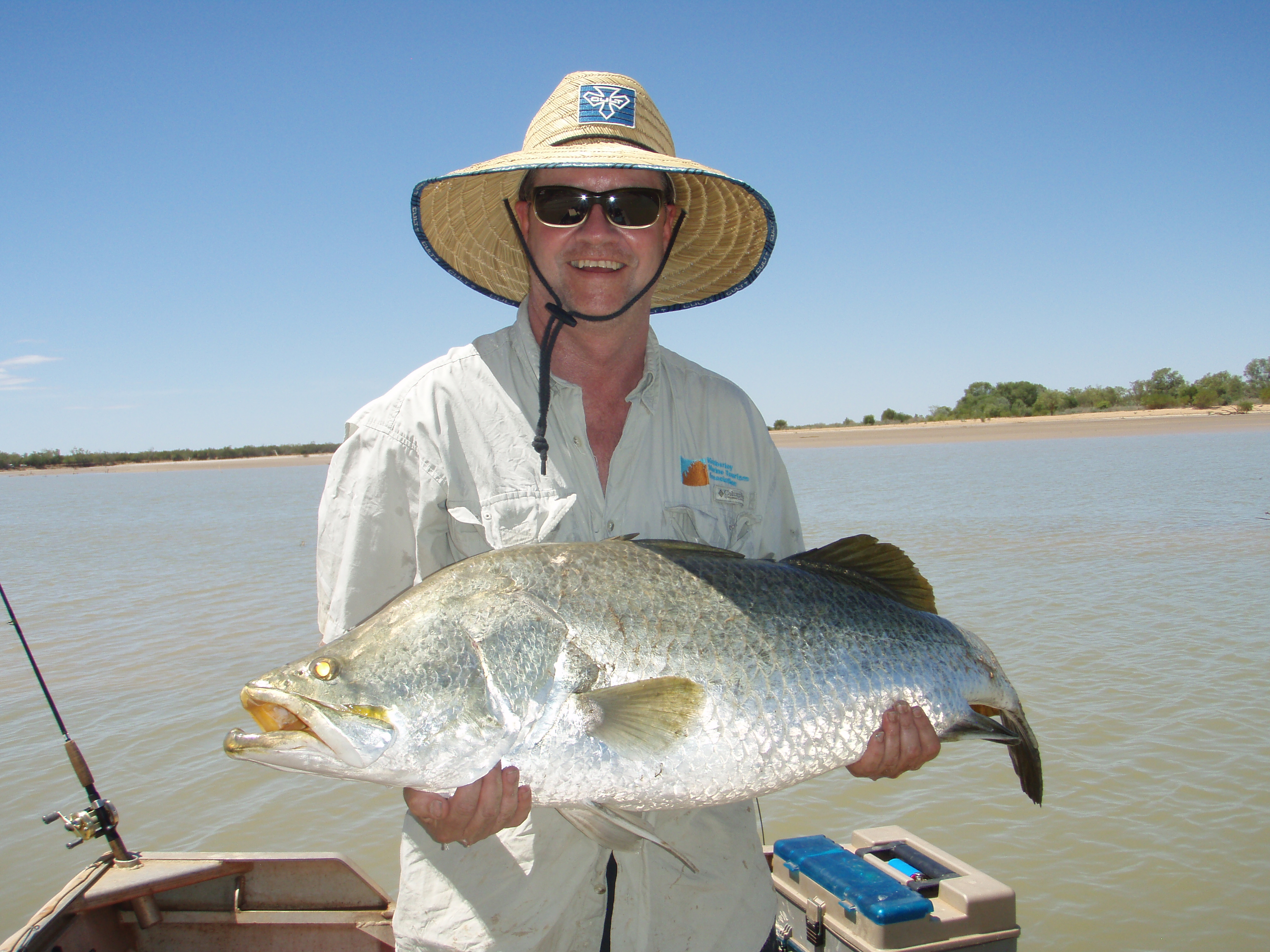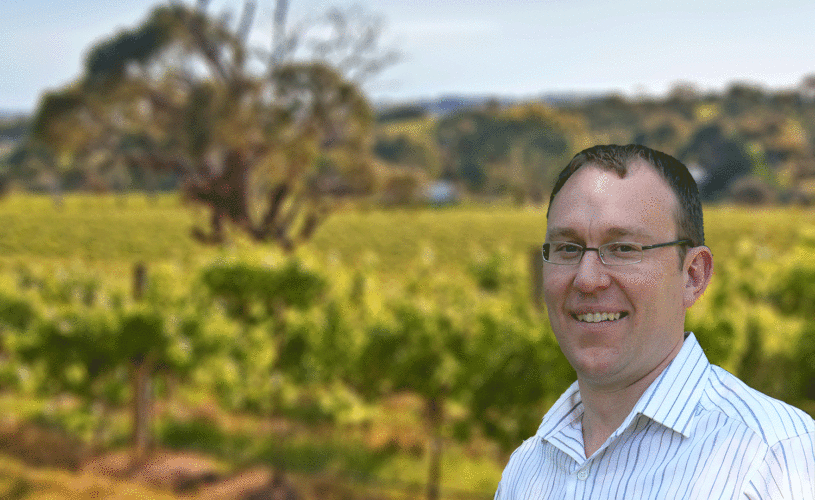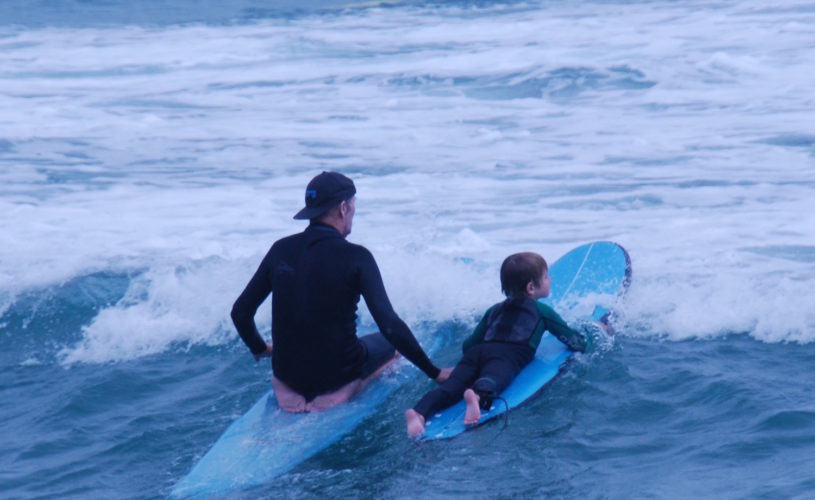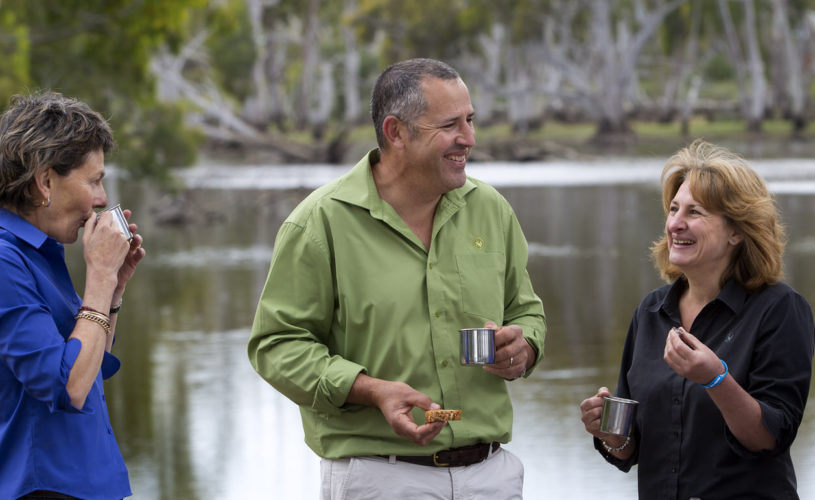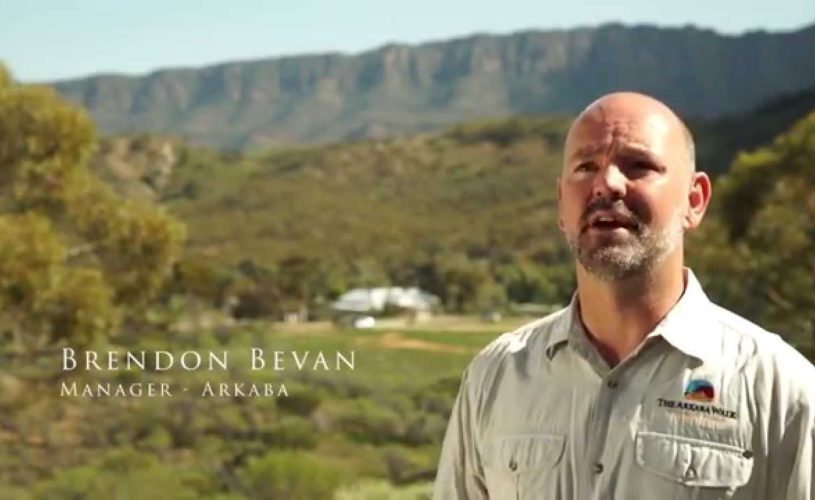Silky Oaks Lodge and Healing Waters Spa adjoining the World Heritage listed Daintree National Park is a picture of tranquility. Located on the Mossman River it’s the perfect based to explore this tropical rainforest wonderland. The lodge offers activities such as canoeing, river snorkelling, guided walks, wildlife spotting and yoga classes or simply swimming in the crystal clear mountain waters of Mossman River. It’s the perfect haven for guests keen to re-energise their soul. We speak to Samantha Lusk, Sales & Marketing for Silky Oaks Lodge.
Describe Silky Oaks Lodge in 3 words.
Relax, Rejuvenate, Explore.
Tell us a little bit about Silky Oaks Lodge and what makes it so unique beyond great food, great wine and a very comfortable place to sleep?
Silky Oaks Lodge offers a luxury experience from which to explore Tropical North Queensland, situated only 20minutes north of Port Douglas. It boarders the World Heritage listed Daintree Rainforest National Park and is spectacularly perched above the Mossman River. Surrounded by the lush rainforest, this luxury eco lodge is the ideal location to appreciate the natural tropical environment.
How is Silky Oaks Lodge pushing the boundaries in guest experiences?
We understand that all guest’s needs and requirements are different, so prior to the guest arrival, we try and obtain as much information as possible about them so we can tailor individual and personalised touches for all guests. These special touches may be in the form of the location of the room ie. if a guest has a walking difficulty, we will try and allocate a Treehouse as close to the Main Lodge as possible, even if this means we need to upgrade them. We strive to exceed guest expectations at all times and this may be achieved by special touches in the guest rooms such as fresh flowers on arrival, local teas in the room upon turndown, mood music playing upon arrival and during turndown, acknowledging all guests by their names.

What’s a recent (last six months) innovation at Silky Oaks Lodge ?
Due to high demand we have just finished building another Lodge Suite. This room type is in high demand by families as they are the only room which can accommodate four guests. These rooms which are 88sqm offer a spacious open plan layout with extra large balcony with its own outside king size four poster day bed.
What activity should guests not miss during their stay at Silky Oaks Lodge ?
Take a picnic hamper and guide book and hike the Fig Tree Rapids trail and immerse yourself in the crystal clear mountain water along the way.
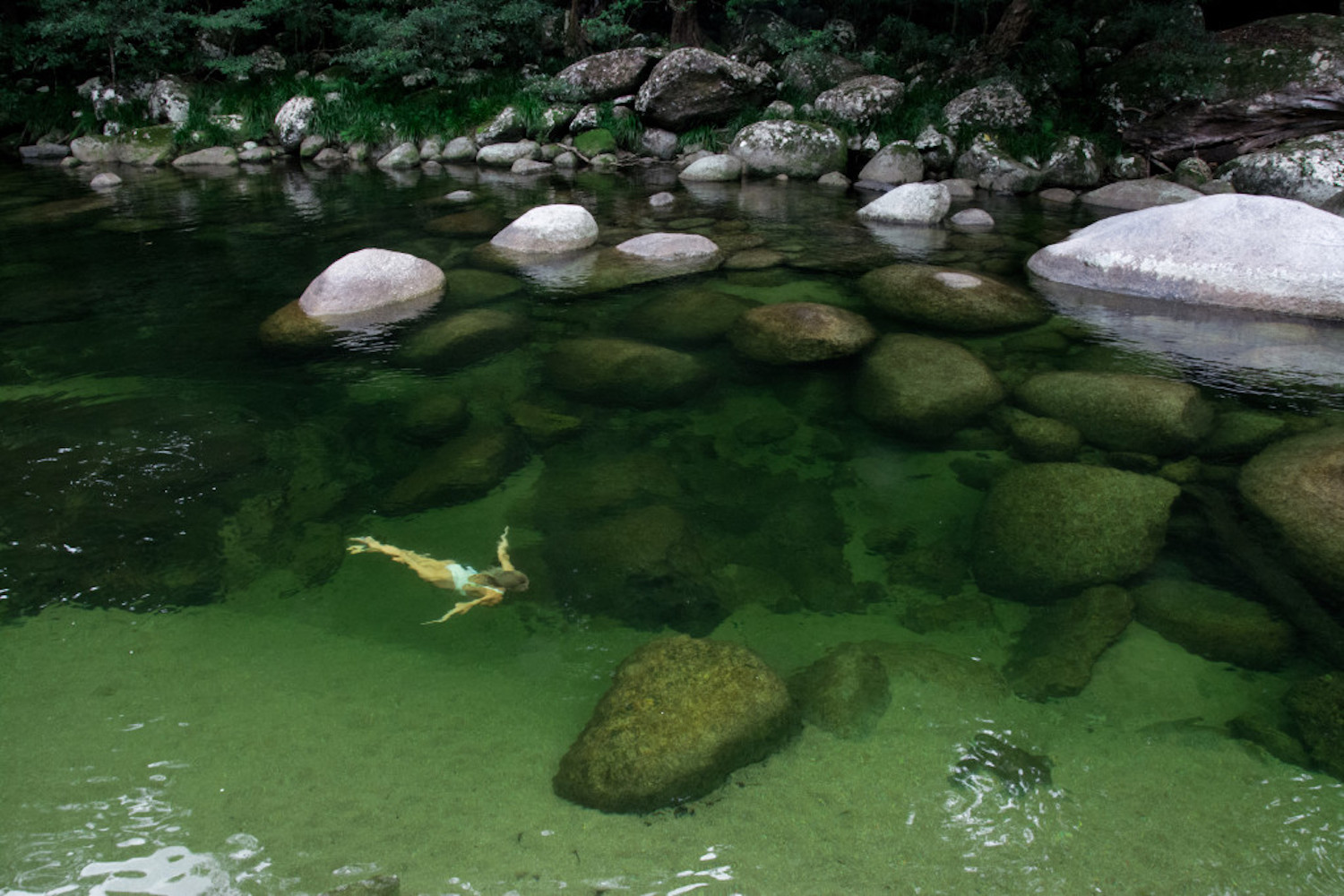
Best dining experience at Silky Oaks Lodge?
Our Treehouse Restaurant offers an exquisite dining experience. This unique open-sided restaurant where the walls and windows have been replaced by the Mossman River and surrounding rainforest, offers the freshest of local produce. Open for Breakfast, Lunch and Dinner.
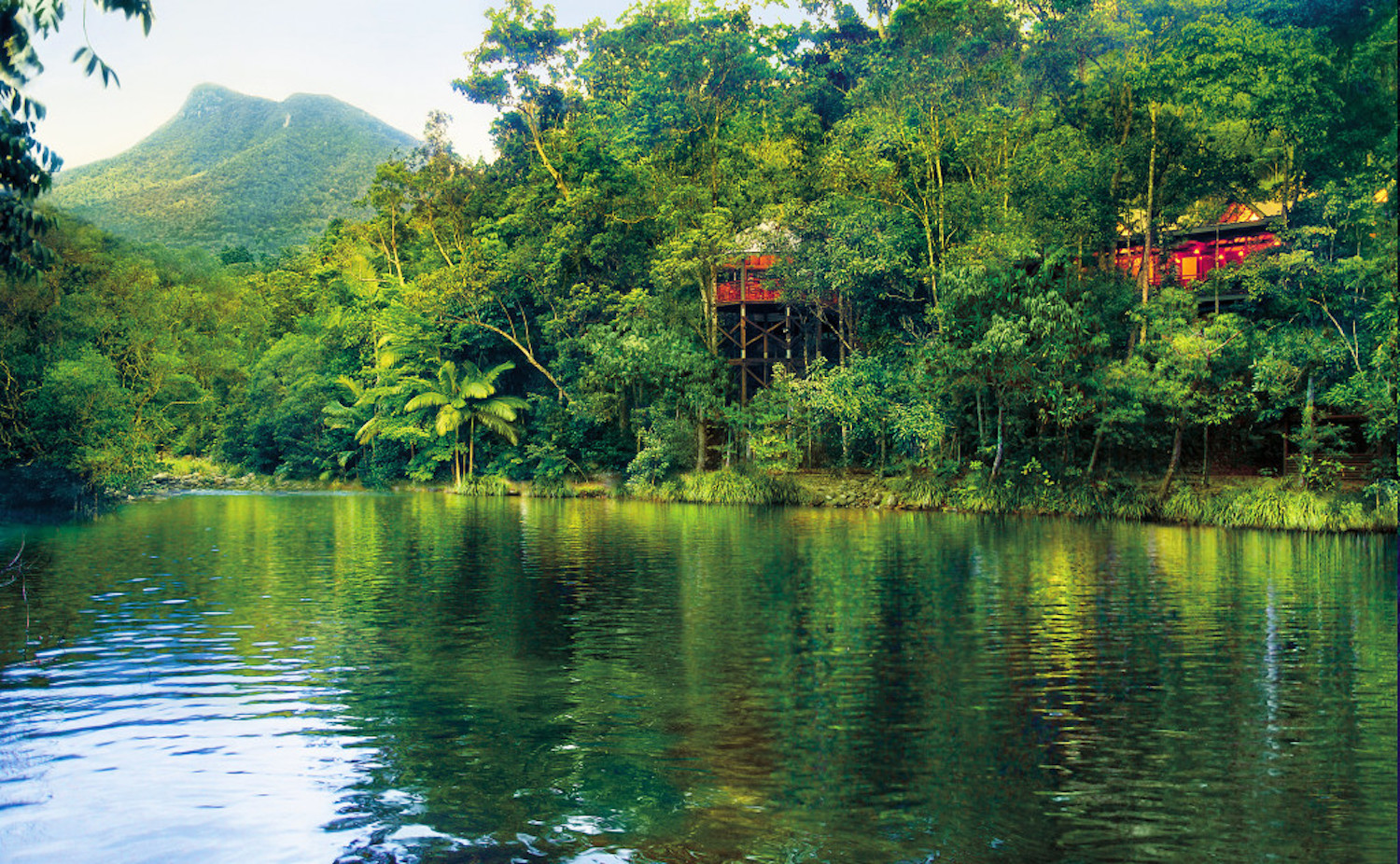
Please describe a typical guest at Silky Oaks Lodge.
Retired couples whose children are now at university etc., and who now have the time to relax and enjoy the peaceful surrounds after a very fast paced career. They value the tranquil surrounds of Silky Oaks, however also want to get out and explore the region and what it has to offer, such as a cruise to the Great Barrier Reef or a day trip to Cape Tribulation.
What’s a great experience for teens at Silky Oaks Lodge?
For teenagers, they can have a great time exploring the beautiful Mossman River with a mask and snorkel available from our Reception. They may spot some Jungle Perch, turtles and if they are really lucky the elusive Platypus! We do not accommodate children under the age of 8 years.
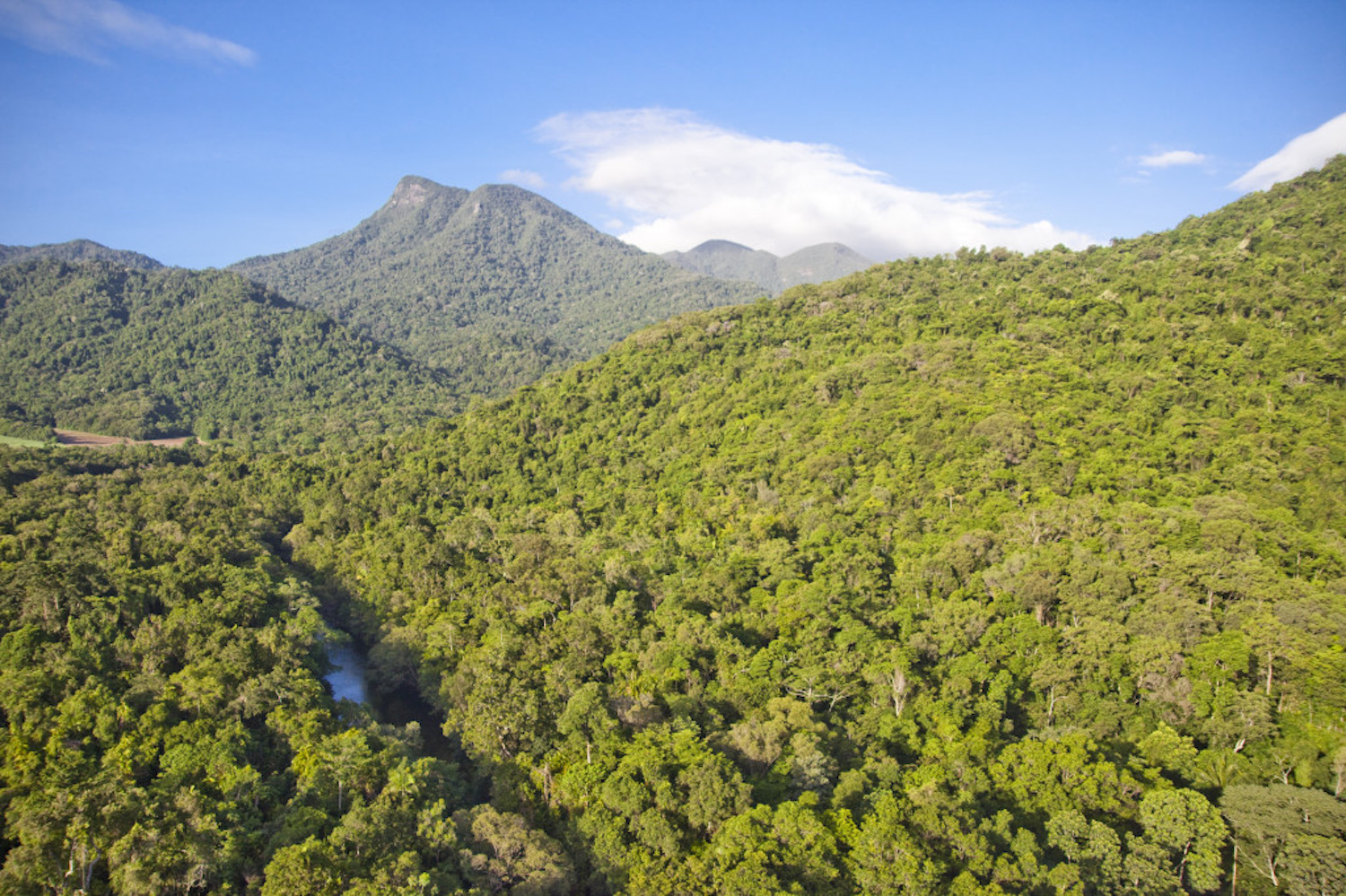
Click here to find out more about Australian travel with Alquemie


